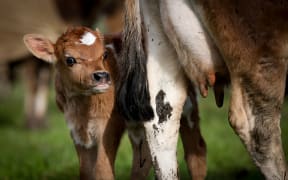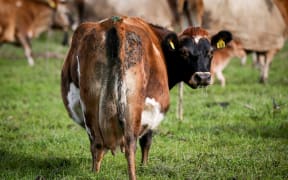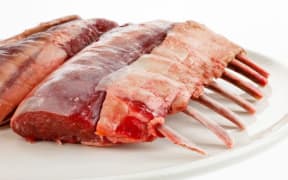All is not gloomy in the agricultural community even though collapsing dairy prices have left a hole at the heart of the sector, New Zealand farming analysts say.

RSE worker offloads apples into a crate in a Hawke's Bay orchard. Photo: RNZI / Johnny Blades
And while dairy problems are having a ricochet effect on other farmers, some areas of the rural economy are doing well and others are booming.
One of the most optimistic sectors is the apple and pear industry.
Pipfruit New Zealand's business development manager, Gary Jones said its output would be worth $700 million this year, up from just over $300m in 2012.
He added his industry had long aimed to be a $1 billion industry by 2025 but was more likely to reach $1.5b.
"There are a lot of future orders for trees, nursery trees and we are predicting we will be growing by 20 percent annually out to 2020," Mr Jones said.
And it is not just apple growers who are doing well.
Analyst at the AgriHQ rural consultancy Nick Handley said beef farmers were also prospering.
"The farm gate price is currently up 24 percent on the five year average and up 7 percent on this time a year ago," he said.
"So those producers who have a skew toward beef production will enjoy an advantage in terms of the profitability of their farms."
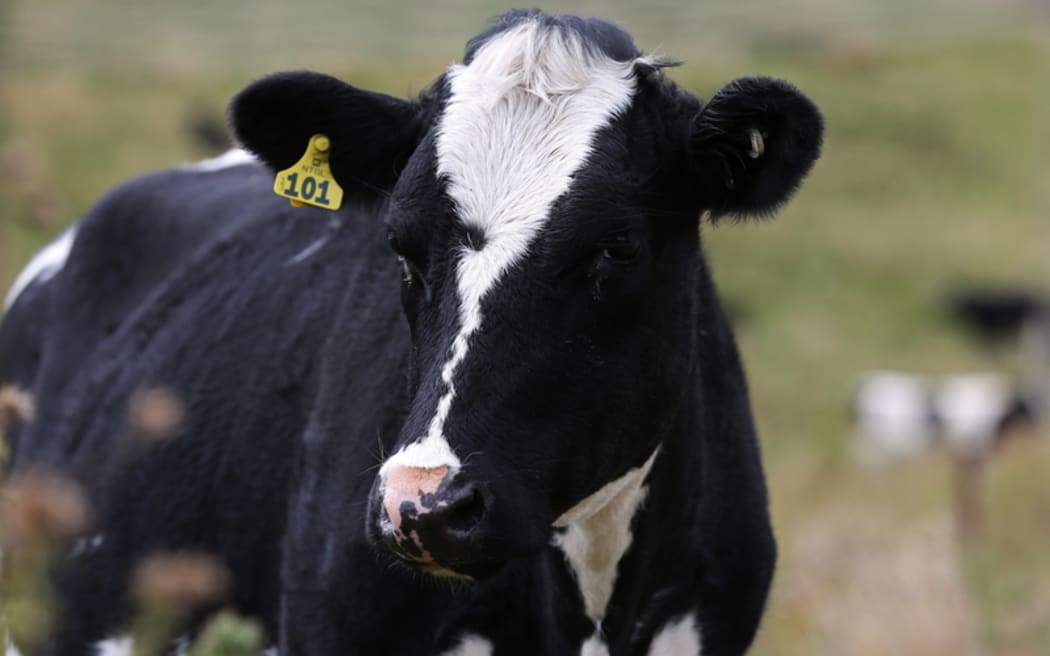
Beef cattle in Rangiwahia, Manawatu. Photo: RNZ / Alexander Robertson
Analysts said one reason for this boom was very strong demand for weaners, which are cattle processed young when their beef is lean and popular with buyers.
Their fellow species, who produce milk, are the victims of a well publicised price crash, thanks to falling demand and strong competition worldwide.
And this collapse brought a related sector low: the grain business.
Another AgriHQ consultant, Susan Kilsby said hard pressed dairy farmers often could not afford to buy grain for their livestock.
"That's really flowed into prices, so we are seeing prices back about 25 percent on where they were last year," she said.
"We are also seeing a massive oversupply of grain: wheat and barley and maize.
"A lot of storage facilities are really full and we have some growers scratching their heads about where they will be putting this season's harvest when it comes in."
Mr Handley added there was a problem with sheep meat.
"Lamb prices are currently down about 13 percent on the five year average at the farm gate and down 5 percent on a year ago," he said.
"So it is certainly not the best year but it is better than some of the tougher times in the past decade or so."
By contrast, Mr Handley said the wool industry had been helped by a 5 to 10 percent rise in prices in US dollar terms.
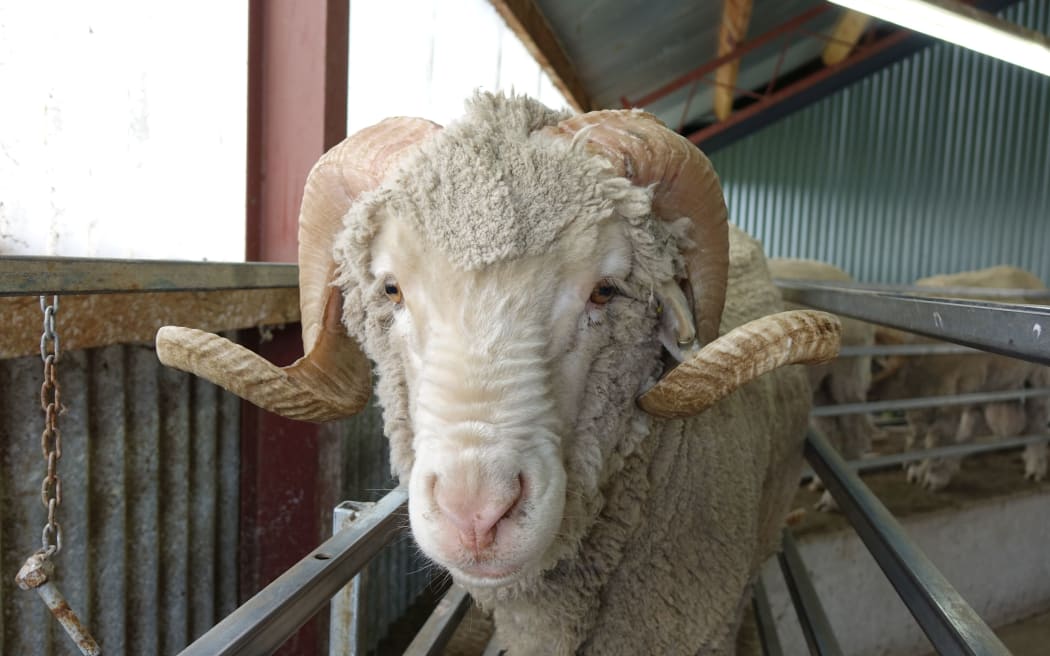
Photo: RNZ / Steve Wilde
A fall in the value of local currency had helped.
"In New Zealand dollar terms, most wool prices are up between 10 and 20 percent in the last year."
These trends are taking place as the dairy industry sags, with farmers forecast to earn just $3.90 per kilogram of milk solids compared with $8.40 just a few years ago.
